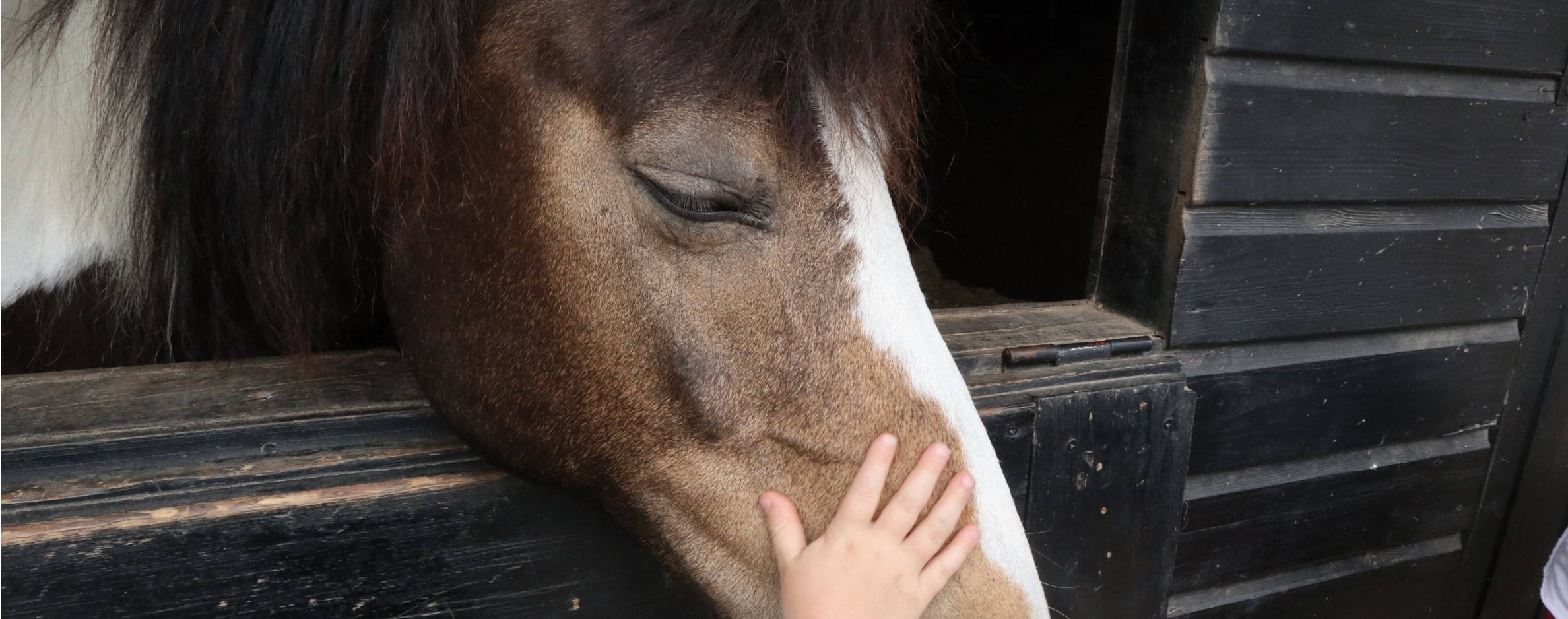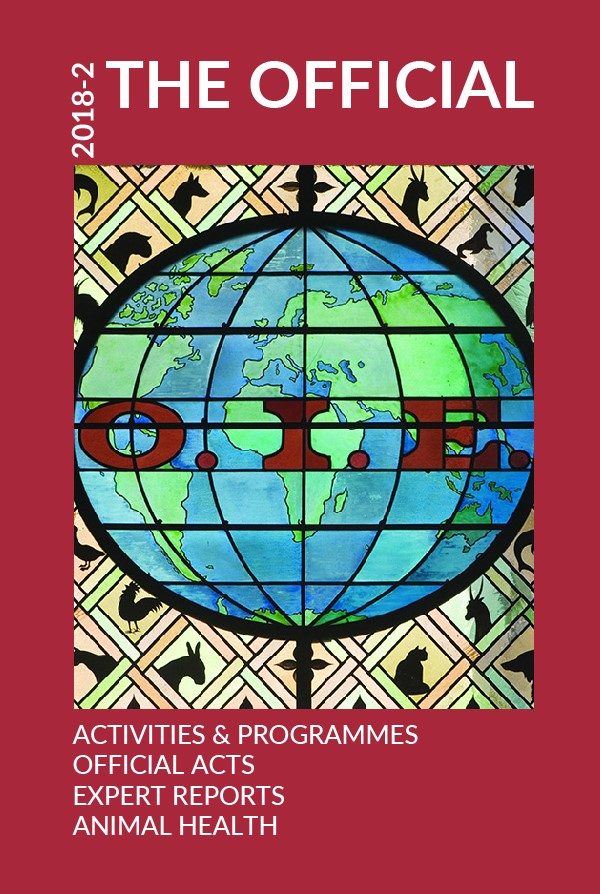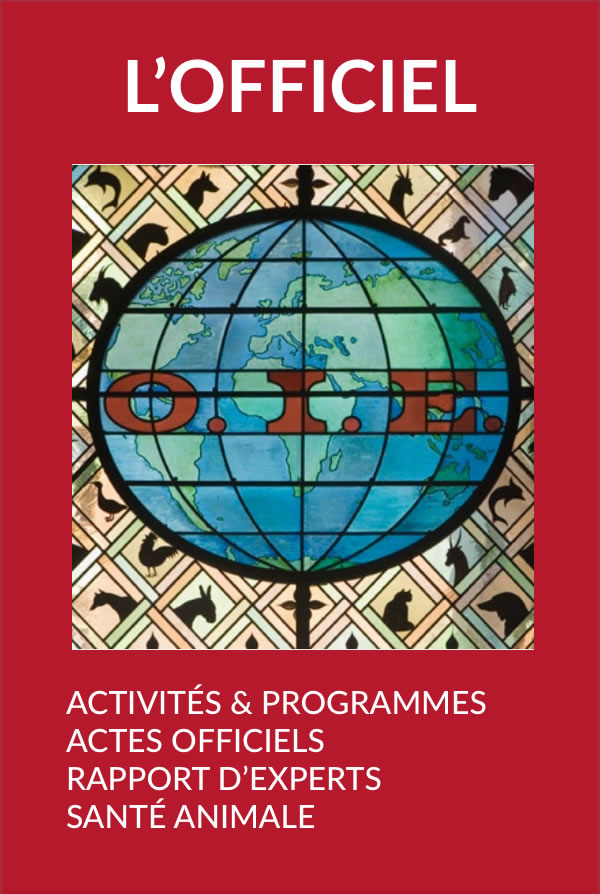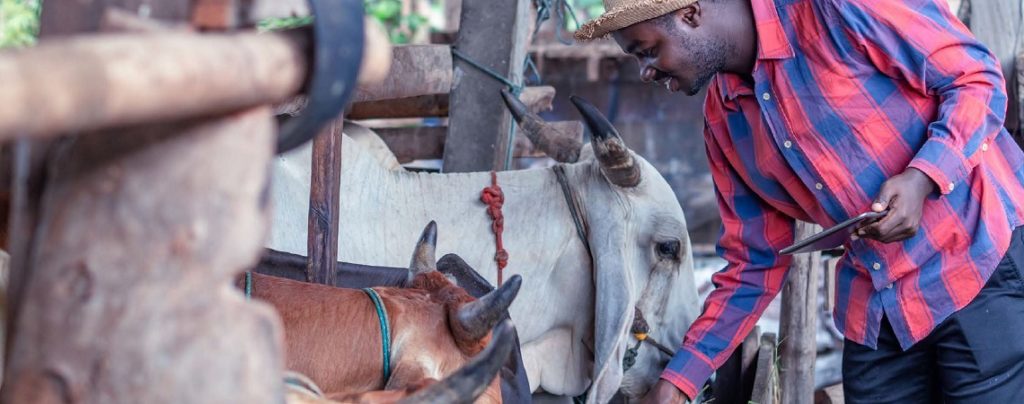Activities & Programmes Posted on 2019-02-14 14:31:02
Reference centres
OIE expert surveillance panel on equine influenza vaccine composition
OIE, Paris, 28 March 2018
Keywords
Conclusions and recommendations
Influenza activity – 2017
During this period, individual animal cases and outbreaks of equine influenza were reported by the People’s Republic of China (China), Ireland, Israel, Japan, the United Kingdom (UK) and the United States of America (USA).
Sources of viruses characterised
Equine influenza A (H3N8) viruses were isolated and/or characterised from outbreaks in China, Ireland, Japan, the UK and the USA.
Field data
In Japan, the Animal Quarantine Service diagnosed 114 stock horses imported from Canada as positive for equine influenza. All of the imported horses had been vaccinated twice with a five-week interval. The second vaccination was administered 10 days prior to departure. The vaccines had not been updated in line with OIE recommendations and included the old American lineage strain, A/equine/Kentucky/1/1997.
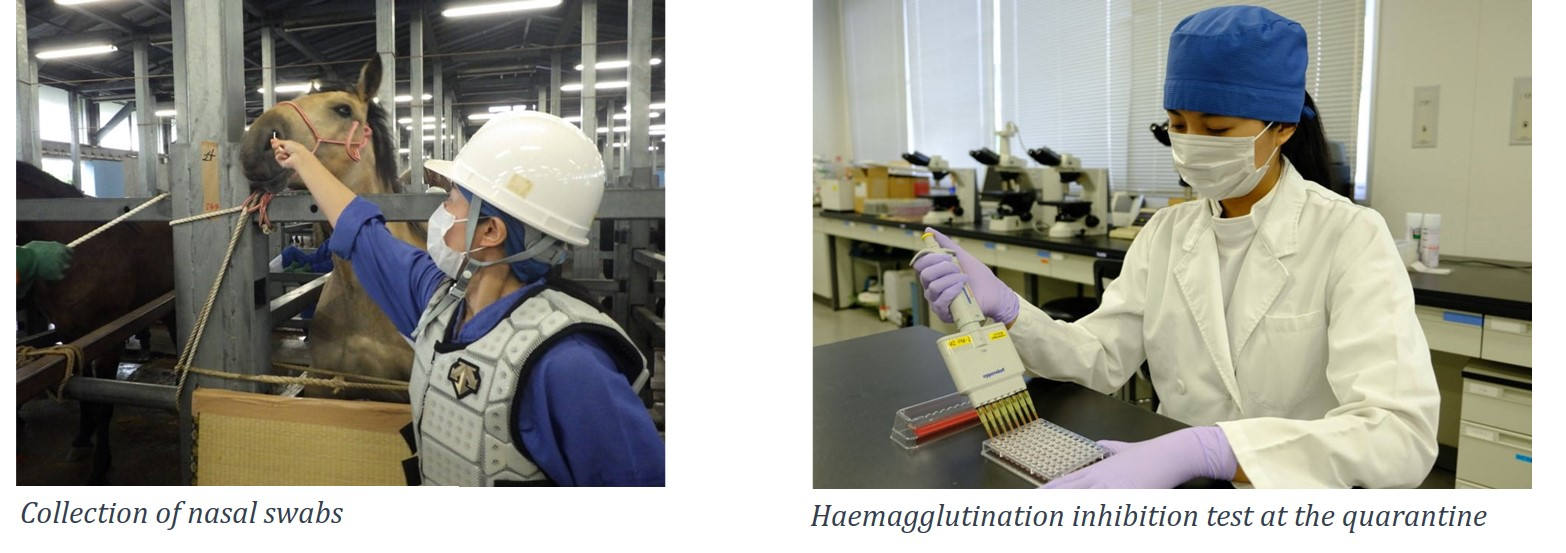 One hundred and four of the 114 horses had pyrexia and/or nasal discharge. Five horses died in the quarantine period. However, the remaining infected animals recovered quickly and the experimental challenge of five naïve yearlings did not indicate that this virus was unusually virulent.
One hundred and four of the 114 horses had pyrexia and/or nasal discharge. Five horses died in the quarantine period. However, the remaining infected animals recovered quickly and the experimental challenge of five naïve yearlings did not indicate that this virus was unusually virulent.
In China, equine influenza was confirmed in Hubei and Hebei provinces. No vaccination data were available.
In Europe, equine influenza virus infections were confirmed in Ireland and the UK but not in France, Germany or Sweden. The clinically affected horses on five affected premises in the UK (four in 2017, one in early 2018) were unvaccinated or of unknown vaccination history. In Ireland equine influenza cases were confirmed in both vaccinated and unvaccinated horses but only 9% of the horses on the two affected premises had up to date vaccination records.
In the USA, outbreaks were detected throughout the year with over 135 confirmed cases from 22 states. The affected horses were primarily sport and show horses. No vaccination data were available.
In South America no equine influenza outbreaks were reported in 2017.
Characterisation of viruses identified in 2017
Viruses isolated/identified from outbreaks in China, Ireland, Japan, the UK and the USA were characterised genetically by sequencing of the haemagglutinin (HA). The neuraminidase (NA) genes were sequenced for viruses from China, Ireland, the UK (2018 virus) and the USA.
Viruses from the UK and the USA were antigenically characterised by the haemagglutination inhibition (HI) assay using post-infection ferret antisera and chicken red blood cells.
Genetic characterisation
All HA sequences obtained from viruses were of the American lineage (Florida sublineage).
The viruses detected in Japan and the USA were characterised as clade 1 viruses as were the viruses detected in the UK in the first quarter of 2018. These viruses in Japan, UK and USA were very similar to clade 1 viruses identified in 2016. However, viruses isolated in Florida and New York had a substitution Q189K previously observed in A/equine/Pennsylvania/1/2007.
Viruses detected in China, Ireland and the UK in 2017 were characterised as clade 2 viruses. The viruses in Ireland and the UK were similar to viruses from those countries in 2015 and 2016 in that compared to the Florida clade 2 reference strain, they had the substitution A144V. This is in contrast to viruses identified in mainland Europe in recent years which had the substitution I179V. The viruses detected in China were similar to viruses detected in 2015 and distinguishable from those circulating in Europe by the substitution A144T.
The NA gene sequences of the viruses from clade 1 and clade 2 were similar to those of viruses identified in 2016.
Antigenic characterisation
HI data available for viruses isolated in 2017, and antigenic cartography analyses thereof, show that the viruses of the two clades of the Florida sublineage continue to remain antigenically closely related to the recommended vaccine viruses of that lineage. However, the viruses isolated in New York and Florida with the substitution Q189K cluster separately to other clade 1 viruses.
Conclusions
All viruses isolated and characterised in 2017 were from clades 1 and 2 of the Florida sublineage and were similar to those identified in 2016. However, in 2018 surveillance will continue to determine if there is an increase in the prevalence of clade 1 viruses with the antigenic motif Q189K which to-date has only been detected sporadically.
Level of surveillance and updating of vaccines
The panel continues to emphasize the importance of increased surveillance and investigation of vaccination breakdown in different countries. Rapid submission of viruses to Reference Laboratories is essential if antigenic and genetic drift is to be monitored effectively on a global basis.
Although vaccines that have been updated to include a virus from clade 2, in accordance with the recommendations of 2010 to 2017, are now widely available many current vaccines contain outdated strains. The updating of vaccines with epidemiologically relevant viruses is necessary for optimum protection.
Recommendations (March 2018)
These are unchanged from those made each year since 2010.
It is not necessary to include an H7N7 virus or an H3N8 virus of the Eurasian lineage in vaccines as these viruses have not been detected in the course of the most recent surveillance and are therefore presumed not to be circulating.
Vaccines should contain both clade 1 and clade 2 viruses of the Florida sublineage.
- Clade 1 continues to be represented by A/eq/South Africa/04/2003-like or A/eq/Ohio/2003-like viruses but more recent clade 1 viruses are available from the OIE Reference Laboratories.
- Clade 2 continues to be represented by A/eq/Richmond/1/2007-like viruses but more recent clade 2 viruses are available from the OIE Reference Laboratories.
Manufacturers producing vaccines for a strictly national market are encouraged to liaise with Reference Laboratories. The selected viruses should induce responses which are immunogenically relevant to the equine influenza viruses circulating nationally. Sequence determination of both HA and NAs should be completed before use.
Reference reagents
Freeze-dried post-infection equine antisera to A/eq/Newmarket/1/93 (American lineage H3N8) and A/eq/South Africa/4/2003 (Florida clade 1, sublineage of the American lineage) are available from the European Directorate for the Quality of Medicines (EDQM). A new antiserum against the Florida clade 2 reference strain A/eq/Richmond/1/2007 has recently been produced and standardised internationally. It will also be available from EDQM in the future. These sera have been assigned Single Radial Haemolysis values through an international collaborative study and can be used as primary reference sera for the assay.
Recent virus strains, including suitable vaccine candidates for clades 1 and 2, are available from the OIE Reference Laboratories. In the event that an OIE Reference Laboratory cannot supply suitable vaccine candidates for both clades, they will assist the vaccine company to source the viruses from an alternative OIE Reference Laboratory.
Small quantities of ferret antisera for antigenic characterisation are available from the OIE Reference Laboratories in the UK and Ireland.
http://dx.doi.org/10.20506/37.3.2907
OIE Reference Laboratories for Equine Influenza
Prof. Ann Cullinane
Head of the Virology Unit
Irish Equine Centre
Johnstown
Naas, Co. Kildare
Ireland
Tel. +353-45 86.62.66
E-mail: acullinane@irishequinecentre.ie
Dr Debra Elton
Animal Health Trust
Centre for Preventive Medicine
Lanwades Park
Kentford, Suffolk CB8 7UU
United Kingdom
Tel. +44-1638 75.10.00
E-mail: debra.elton@aht.org.uk
Dr Thomas M. Chambers
Maxwell H. Gluck Equine Research Center
Department of Veterinary Science
University of Kentucky
108 Gluck Equine Research Center
Lexington, Kentucky 40546-0099
United States of America
Tel. +1-859 257 47 57
E-mail: tmcham1@uky.edu




